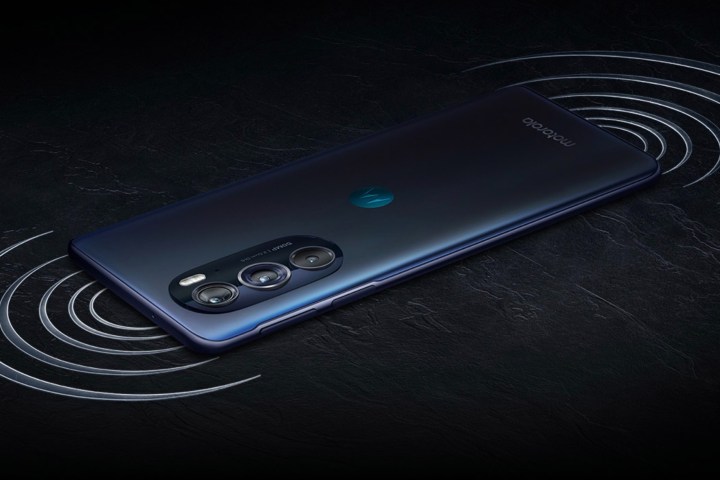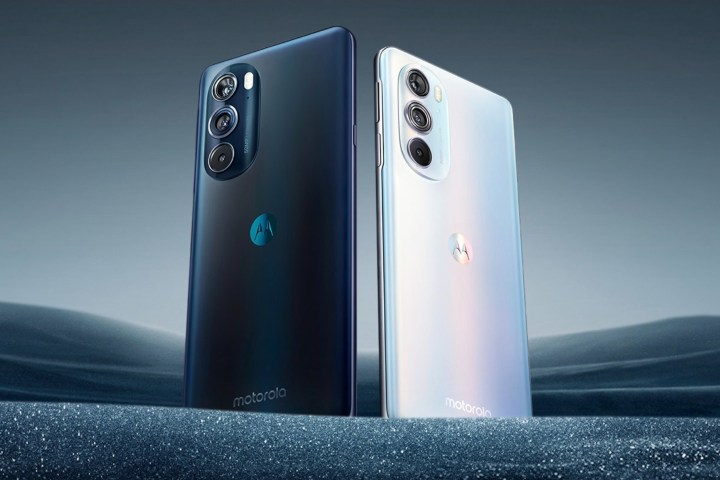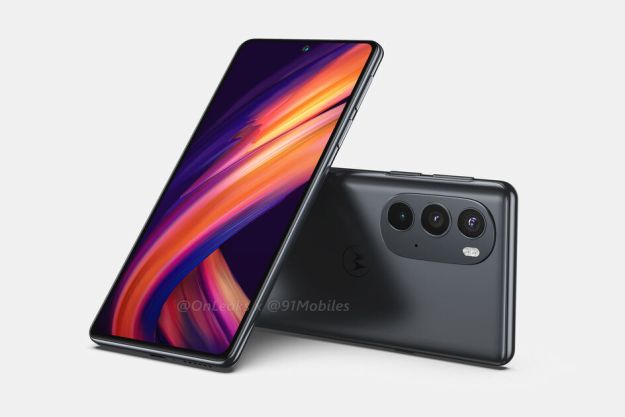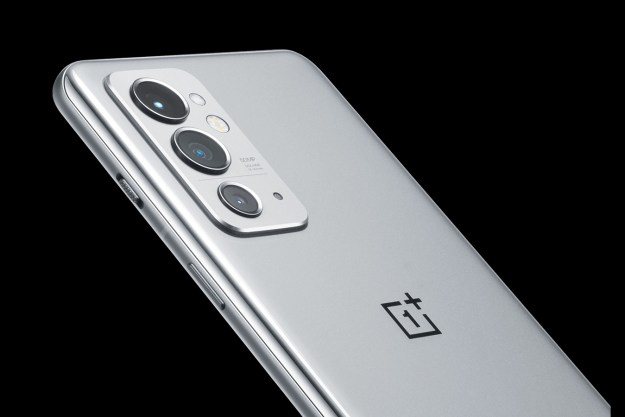Less than two weeks after Qualcomm launched the Snapdragon 8 Gen 1 chip, Motorola is already releasing its Moto Edge X30, the first smartphone based on the new flagship-grade processor. While the phone is limited to China as of now, the Edge X30 is likely to make its way to the U.S. and the rest of the world by January, possibly under a different name.
Alongside the standard Moto X30 models, Motorola also announced a special edition of the phone with a couple of interesting extras. Read on to find out everything you need to know about the Moto Edge X30.
Moto Edge X30 pricing, release date, and availability

As of now, the availability of the Moto Edge 30 is restricted to China. Here are the prices of all the variants of the phone, along with their equivalent prices in U.S. dollars.
- Moto Edge X30 8GB + 128GB: 3199 yuan ($501)
- Moto Edge X30 8GB + 256GB: 3399 yuan ($530)
- Moto Edge X30 12GB + 256GB: 3599 yuan ($565)
- Moto Edge X30 Special Edition: 3999 yuan ($630)
In China, the Moto Edge X30 will go on sale starting December 15, 2021. The phone is likely to make it to the U.S. in the first or second week of January 202s. It remains to be seen if Motorola U.S. manages to price the phone as attractively as its Chinese counterparts.
Moto Edge X30 design and display
The Moto Edge X30 is a chic-looking smartphone that features a large 6.7-inch P-OLED panel with FHD+ resolution. This panel supports variable refresh rates (up to 144Hz), with HDR10+ compatibility. Motorola claims a peak brightness value of 700 nits for the phone. The regular version of the Moto Edge X30 gets a standard hole-punch cutout for the front-facing camera. In contrast, the special edition ditches the punch hole entirely in favor of an under-display camera. The camera resolution and the sensor remain the same on both variants.

The Moto Edge X30 does not get an under-display fingerprint scanner and instead opts for a side-mounted sensor for biometric authentication. This scanner also doubles up as the power button and is located right next to the volume rocker keys. The phone supports dual SIM cards, but does not get a microSD slot or a 3.5mm port. You do get stereo speakers, though — and at 194 grams (7 ounces), the phone is a tad heavy.
The rear panel of the Moto Edge X30 houses a triple camera array contained within a larger vertical camera cutout. The phone also gets a single LED flash for lowlight situations. In China, the Moto Edge X30 comes in two color options; Phantom Black and Glacier Blue.
Moto Edge X30 hardware and software
The Moto Edge X30 is special in that it is the first smartphone to use the Snapdragon 8 Gen 1 chip. The successor to the Snapdragon 888, this is currently the fastest mobile processor available for Android smartphones. The Moto Edge X30 comes in multiple RAM/storage configurations and supports the LPDDR5/ UFS 3.1 standards. The device also packs a 5,000mAh battery and supports 68-watt fast charging.

In China, the phone runs a heavily customized version of Android 12. When it gets to the U.S., we expect the X30 to run a near-stock version of
Moto Edge X30 camera
The primary camera on the Moto Edge uses a 50MP sensor from OmniVision. This camera supports optical image stabilization (OIS) and native 8K video recording. The secondary camera gets a 50MP Samsung ISOCELL sensor and is mated to an ultra-wide-angle lens. The third camera sensor is a gimmicky 2MP depth sensor.
At the front, Moto Edge X30 gets a 60MP selfie camera that uses a 1/2.8-inch sensor. As mentioned earlier, this camera is housed within a hole-punch cutout on the standard variant and underneath the display on the special edition model.
Editors' Recommendations
- Apple Watch Ultra buying guide: everything you need to know
- Samsung Galaxy Z Fold 4 buying guide: Everything you need to know
- OnePlus 10T buying guide: everything you need to know
- Google Pixel 6a buying guide: everything you need to know
- Super thin and light Moto Edge 30 has dual 50MP cameras




